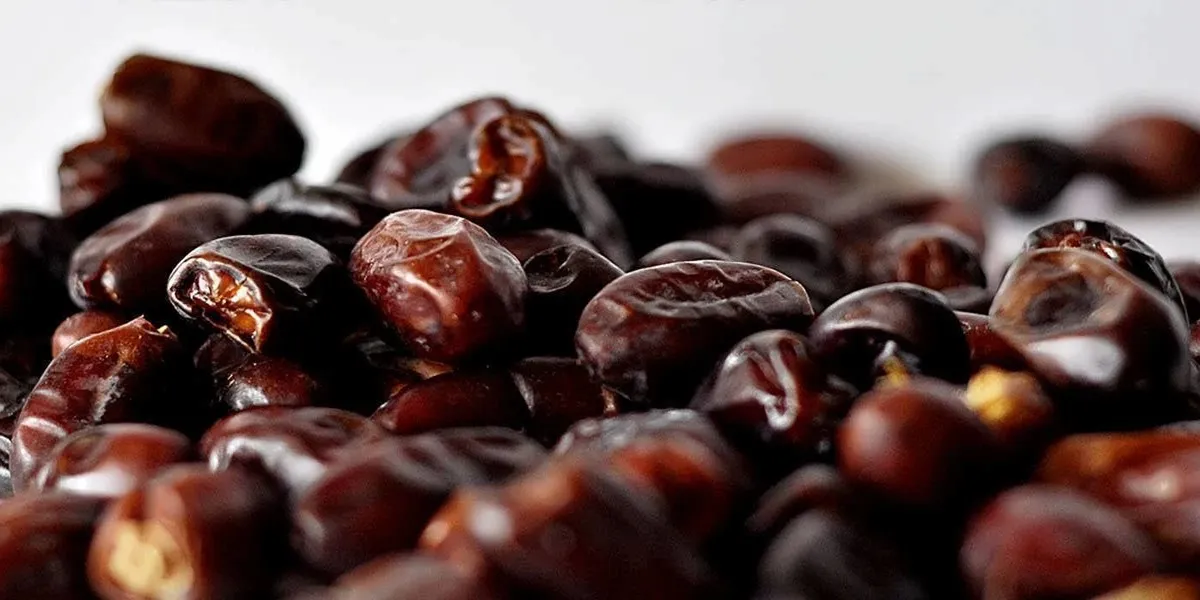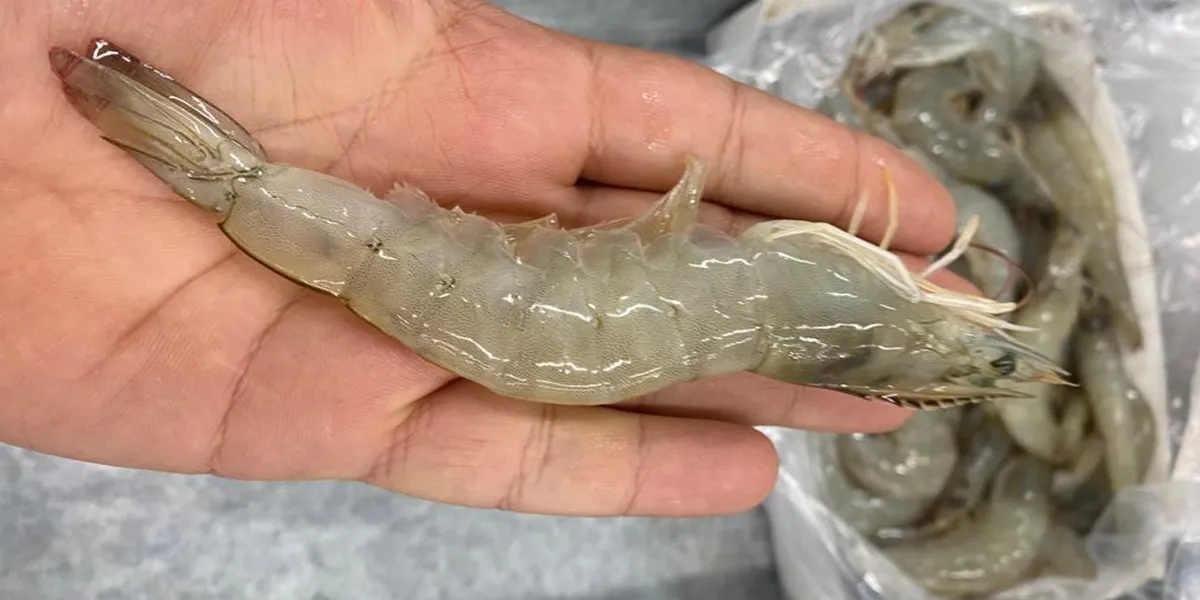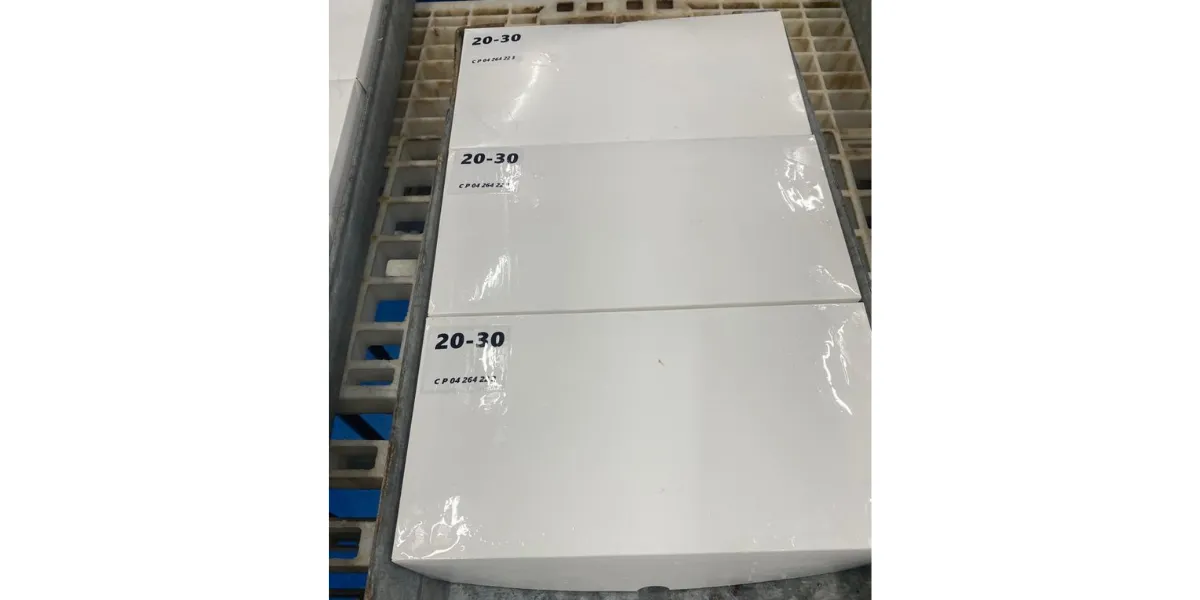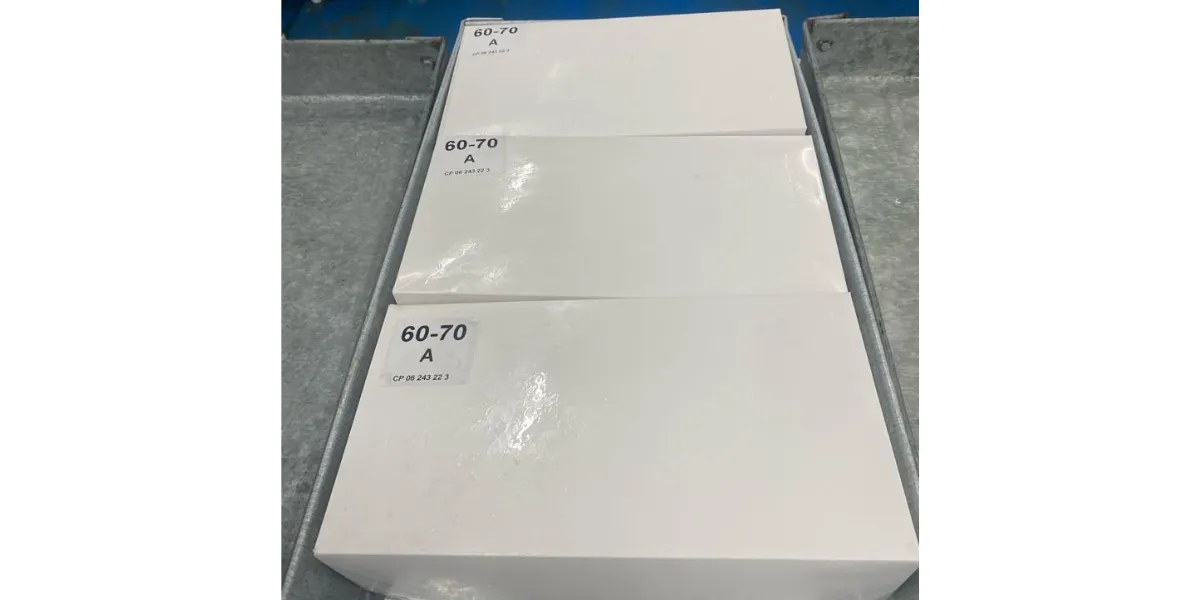In today’s competitive international marketplace, date export packaging plays a pivotal role in shaping how consumers and buyers perceive this ancient yet increasingly modern fruit. As global demand for natural and nutritious foods grows, dates are finding their way into new markets — from North America and Europe to East Asia.
However, what distinguishes successful exporters from others is not only the quality of the fruit itself but also how effectively it is presented, protected, and promoted through packaging innovation. Packaging is more than just a container — it communicates a brand’s identity, ensures product safety, and aligns with global sustainability standards.
This article explores how innovative packaging solutions can elevate the global presence of date exporters, the emerging trends driving this evolution, and the strategies that can help producers — especially in leading countries such as Iran — reach wider audiences.
Why Packaging Matters in Date Exports
Packaging plays a crucial role in the export value chain for several reasons:
- Product Preservation: Dates are sensitive to temperature and humidity; proper packaging extends shelf life.
- Brand Perception: Attractive design enhances brand recognition and consumer appeal.
- Compliance with International Standards: Export markets often require specific labeling, traceability, and sustainability features.
- Sustainability: Eco-friendly materials improve reputation and meet growing consumer expectations.
- Logistics Efficiency: Lightweight, durable packaging lowers transport costs and reduces waste.
Without proper packaging, even high-quality dates risk losing their freshness, flavor, and commercial value by the time they reach the end consumer.
The Global Landscape of Date Exports
The international date market has witnessed steady expansion. Global exports exceed $1.8 billion annually, with leading producers including Iran, Saudi Arabia, Egypt, and Tunisia. Each country competes not only in quality and price but also in presentation and branding.
| Country | Main Export Varieties | Key Packaging Features | Primary Markets |
|---|---|---|---|
| Iran | Mazafati, Piarom, Sayer | Vacuum-sealed boxes, eco-packaging | Europe, Asia |
| Saudi Arabia | Ajwa, Safawi | Luxury boxes, metal tins | GCC, North America |
| Tunisia | Deglet Noor | Transparent PET boxes | Europe |
| Egypt | Siwa, Hayany | Plastic wraps, bulk cartons | Africa, Middle East |
Among these, Iranian Dates stand out due to their diversity and flavor profile. Yet, to maintain a strong export presence, continuous innovation in packaging is essential.
Key Innovations in Date Export Packagin
Modern packaging trends are reshaping how dates are stored, displayed, and perceived globally. Below are the most impactful innovations:
a. Smart Packaging
Smart or intelligent packaging includes features like QR codes for product traceability, freshness indicators, and authentication seals. These technologies reassure importers and consumers about quality and origin.
b. Modified Atmosphere Packaging (MAP)
This technology replaces oxygen with inert gases such as nitrogen or carbon dioxide to preserve freshness and prevent microbial growth, especially for soft varieties like Mazafati or Medjool.
c. Eco-Friendly Materials
Biodegradable films, compostable trays, and recyclable cardboard are replacing single-use plastics. Many buyers in Europe and Japan now prioritize suppliers using sustainable materials.
d. Vacuum and Resealable Packs
Vacuum-sealed pouches extend shelf life by reducing oxidation, while resealable packs improve convenience for consumers, keeping dates fresh after opening.
e. Premium Presentation Boxes
High-end gift packaging with elegant designs, gold foiling, or window displays is gaining popularity in luxury markets like Dubai, Paris, and Tokyo.
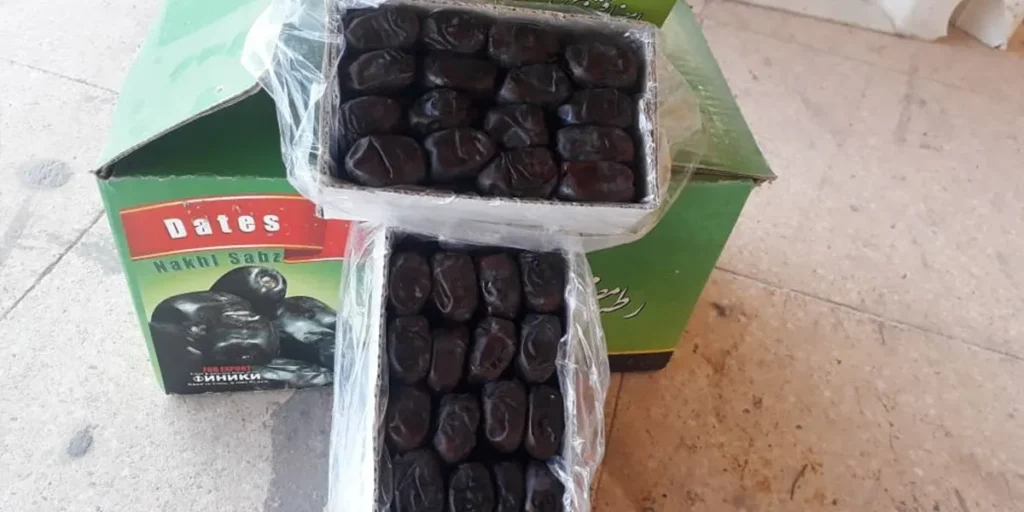
Understanding Consumer Preferences
Consumer behavior greatly influences how exporters should design and market their packaging. Buyers in different regions have diverse expectations:
- Europe: Focus on eco-friendliness, minimalism, and recyclable materials.
- North America: Emphasis on convenience, resealable packaging, and nutritional labeling.
- Asia: Preference for bright colors, elegant boxes, and smaller portion sizes.
- Middle East: Value traditional aesthetics and premium gift-oriented packaging.
Understanding these trends allows exporters to customize packaging strategies that resonate culturally and commercially.
Aligning Packaging with Product Type
Different date varieties require specific handling and packaging designs based on their moisture content and intended shelf life. For example:
- Soft Dates (e.g., Mazafati, Medjool): Require temperature control and airtight packaging.
- Semi-Dry Dates (e.g., Piarom, Sayer): Do well in vacuum-sealed or MAP systems.
- Dry Dates (e.g., Zahedi): Suitable for bulk packaging and long-distance shipping.
If you’re curious about the differences between Iranian dates vs Medjool dates, exploring their unique textures and moisture levels provides insights into why tailored packaging solutions are essential for each.
Design as a Marketing Tool
Beyond protection and preservation, design can transform dates into a desirable global product. Aesthetics and branding make a strong emotional connection with consumers.
Effective Design Elements:
- Color Palette: Earth tones or gold hues emphasize natural richness.
- Typography: Modern, legible fonts enhance professionalism.
- Imagery: Authentic visuals of palm groves or date clusters connect consumers to the origin.
- Cultural Storytelling: Sharing the heritage of date farming builds trust and brand identity.
Incorporating storytelling about the origin and Iranian date varieties — for example, highlighting Mazafati or Piarom — can turn packaging into an ambassador of national culture.
Health and Nutrition Labeling
Transparency is key in international trade. Consumers and regulators expect accurate information about origin, ingredients, and health benefits.
Essential Label Components
- Nutritional facts (calories, fiber, minerals)
- Allergen warnings
- Country of origin
- Storage instructions
- Best-before date
- Certification logos (organic, halal, fair trade)
Mentioning Health benefits of dates — such as being rich in fiber, potassium, and antioxidants — on the label or through marketing inserts can attract health-conscious buyers.
Sustainability and Eco-Packaging
Sustainability has become a decisive factor for importers and retailers. Many major supermarket chains in Europe now reject suppliers that use non-recyclable packaging.
Eco-Packaging Strategies:
- Switch from plastic trays to molded pulp or paper-based trays.
- Use plant-based films instead of PVC.
- Incorporate biodegradable inks and adhesives.
- Highlight sustainability credentials on the packaging.
These initiatives not only reduce environmental impact but also position brands as responsible and forward-thinking — an advantage in attracting international partners.
The Role of Branding and Country Image
Packaging is also a tool for nation branding. When consumers see “Product of Iran” or “Product of Tunisia,” they immediately associate it with tradition, authenticity, and quality. For exporters, highlighting origin through design and storytelling can increase product value.
Iran, for instance, benefits from its reputation for diverse Iranian Dates — from Mazafati to Sayer — each carrying a story of craftsmanship and heritage. Combining national identity with modern packaging makes the product stand out on international shelves.
Case Study: Packaging Transformation and Sales Growth
Let’s consider a simplified example showing how packaging innovation can transform export performance:
| Packaging Type | Market Impact | Average Shelf Life | Cost per Unit |
|---|---|---|---|
| Basic Plastic Wrap | Low consumer appeal | 4 months | Low |
| Vacuum-Sealed Bag | Improved freshness, longer reach | 8 months | Medium |
| MAP Box with QR Code | Premium positioning, traceability | 12 months | High |
This table illustrates how investment in better packaging not only increases product lifespan but also enhances brand image and market expansion potential.
Technology Integration in Packaging
Digital technology now plays an integral role in packaging innovation. Examples include:
- Blockchain Tracking: Ensures transparency in the supply chain from farm to shelf.
- QR Codes: Link consumers to the farm’s story, certifications, and recipes.
- Smart Labels: Monitor temperature changes during transport.
- Digital Branding: Augmented reality (AR) designs or mobile experiences create memorable engagement.
These technologies build consumer trust — a valuable asset in international markets.
Packaging Challenges for Exporters
Despite growing innovation, exporters face several obstacles when modernizing packaging systems:
- High Material Costs: Eco-friendly materials and advanced technologies can be expensive.
- Infrastructure Gaps: Small producers may lack access to packaging machinery.
- Regulatory Complexity: Labeling and environmental requirements vary across countries.
- Logistics Issues: Maintaining quality in long-distance shipments remains challenging.
- Limited Design Expertise: Exporters often require professional assistance to create effective visuals.
Collaboration between producers, designers, and packaging companies is crucial to overcome these barriers.
Future Trends in Date Export Packaging
The next decade will see even more advanced and sustainable packaging systems emerging in the date industry. Key trends include:
- Compostable films made from sugarcane or corn starch.
- Minimalist luxury packaging that reduces waste without compromising aesthetics.
- Smart freshness indicators that change color when exposed to heat.
- Subscription-friendly designs for e-commerce platforms.
- Cultural fusion designs blending traditional art with modern simplicity.
To stay ahead, exporters must continuously research new technologies and consumer preferences.
How Iran Can Lead the Global Market
Iran, as one of the world’s largest producers, has a unique opportunity to lead in date export packaging innovation. Its vast range of Iranian date varieties, skilled workforce, and strategic trade location offer enormous potential.
Strategies for Iran’s Exporters:
- Develop modern packaging hubs near date-producing provinces.
- Collaborate with design schools for creative packaging ideas.
- Promote Iranian brands with storytelling about local heritage.
- Adopt international certifications (ISO, HACCP, Organic).
- Expand digital presence through e-commerce and branding.
By aligning traditional excellence with modern presentation, Iran can significantly boost its market share in Europe, East Asia, and North America.
Conclusion
The future of date exports lies not only in cultivating superior fruit but in embracing innovative packaging that protects quality, communicates authenticity, and meets the evolving expectations of global consumers.
From smart packaging technologies to eco-friendly designs, exporters have countless opportunities to redefine how the world perceives dates — transforming them from traditional staples into premium, health-driven, and sustainable products.
In this evolving landscape, date export packaging is more than a necessity — it is a strategic advantage. By combining heritage, health, and high design, producers can expand their global reach and ensure that this timeless fruit continues to thrive in modern markets.

